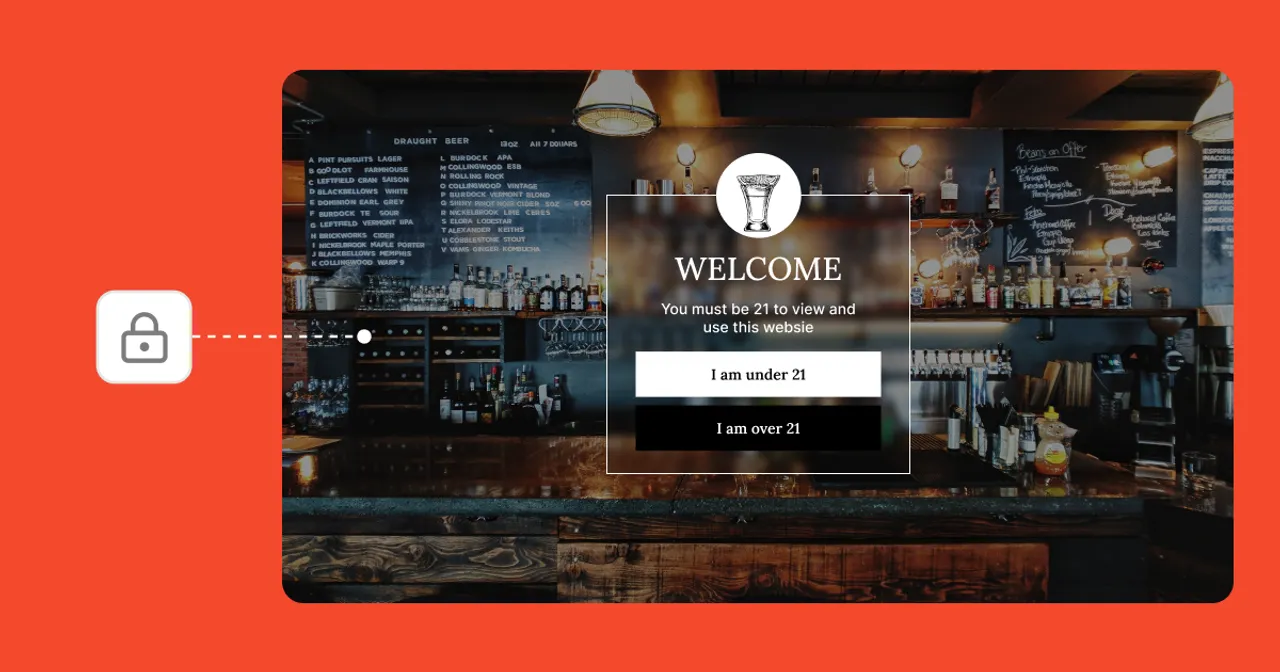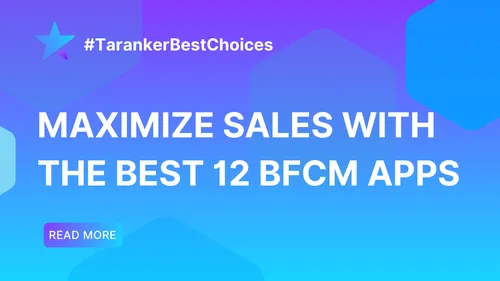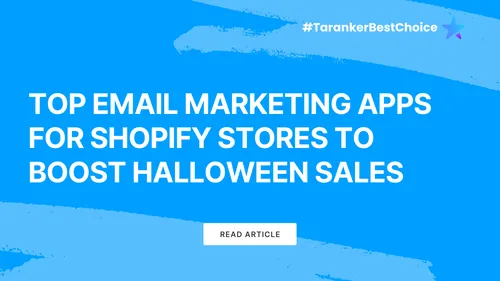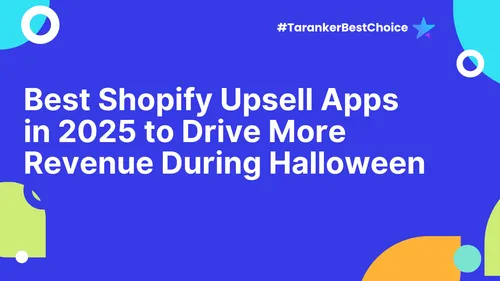Age verification is an important factor for online businesses that sell age-restricted products or provide adult material. Age authentication keeps children from accessing inappropriate materials as well as enforces companies to follow the law.

Failure to implement age verification the right way can result in legal consequences, loss of the reputation, or closure of the business. However, the verification method should not impose unnecessary barriers on users. Popups for age verification are among the best and user-friendly age verification methods without slowing down the customer's flow. They are easy to add, can be personalized, and automatically work as part of a website.
In this article, we’ll explore what age verification is, the risks of non-compliance, and the most common verification methods. We’ll also share best practices for implementing an effective system and show how customizable popups can simplify the process while maintaining a smooth user experience.
What Is Age Verification?
Age verification is a method used by websites and online portals to ensure that users are of the specified minimum age before viewing specific content or purchasing prohibited products. Age verification not only offers legal compliance but also protects minors from harmful content.
The following sectors frequently require age verification:
-
Alcohol and tobacco. Online retailers who sell these products are required to confirm the age of the purchaser before making the sale.
-
Online gaming. Some online game websites require consumers to be of age.
-
Adult content. Websites that offer adult material must prevent minors from accessing their materials.
-
Pharmaceuticals and online commerce. Certain drugs and supplements require buyers to verify their age before they can purchase.
Common Age Verification Methods
There are several ways to verify a user's age, each with different levels of security and user friendliness. Here are the most popular techniques along with their pros and cons.
ID Document Upload
With the process of uploading an ID document, users verify their age by submitting a government-approved ID, i.e., driver's license or passport. The process is very secure and grants strong proof of age. However, it can be time-consuming, as it requires either AI scanning or human verification. Besides, businesses must handle privacy aspects of storing customers' sensitive details.
Best Use Case: Ideal for highly regulated sectors, such as online gaming or alcohol sales.
Third-Party Database Verification
In this case, businesses should verify a user's information against government databases to confirm their age. This is a precise and completely automated process, which doesn't involve users having to upload documents. But it does involve integration with third-party verification services and could potentially exclude users whose information isn't in the referenced databases.
Best Use Case: Employed by financial service providers, internet gaming, and other industries needing strong security.
Credit Card Authentication
Credit card verification verifies a user's age by requesting credit card details as it is usually given to adults. The method is effective for verifying users without having to upload documents. It may not be accessible to everyone, however, as not all adults possess credit cards. Some users may also be concerned about entering their payment details due to security issues.
Best Use Case: Common in online gaming and content subscriptions.
Self-Certification (Checkbox or Date Entry)
This is the simplest age verification. The users just confirm their age by ticking a box or entering their date of birth. It is easy to implement and gives a smooth user experience. Yet, though it is fast and easy for the users and does not require requesting more information, it is not very secure. The age can easily be faked by users, and therefore, it is not appropriate for riskier sectors.
Best Use Case: Self-certification is often used through the use of popups, which are displayed on users' initial visits to a website. The popups request age verification prior to access. While not the most secure, pop-ups provide a smooth process and can be used in conjunction with other verifications.
Best Practices for Implementing Age Verification
In order to stay in compliance with age verification legislation and provide a pleasant user experience, businesses need to apply a few best practices. These strategies not only improve legal compliance but also maximize customer satisfaction by making the verification process easy.
To begin, it is necessary to make the age verification as short and simple as possible. Long or complicated forms have a tendency to repel users. Claspo popup maker can help businesses implement age verification with ease. The platform allows companies to create personalized popups without coding or complex integrations and gives users a seamless experience all along.

Claspo age verification builder
Second, optimize age verification forms because most visitors access the site from mobile devices such as tablets and smartphones. In the Claspo builder, you can preview how the content blocking form will look on different devices during the creation stage in the editor.

Age verification popup preview
Geo-targeting is a critical component of age verification. Age restrictions vary from place to place, and what may be acceptable in one nation could be illegal in another. For example, while most European countries have an 18-year-old minimum drinking age, in the US, the age is 21.
Through geo-targeting, businesses can ensure that users from different locations are being exposed to the right kind of verification processes. Using location-based data, businesses are able to adjust their verification process automatically to ensure compliance without manual intervention. In Claspo, you can choose different display conditions, including based on geolocation.
In order to ensure the highest accuracy, multi-layered verification processes are highly effective. Incorporating methods such as date-of-birth input with third-party verification checks will increase security.
User privacy is paramount, and businesses have to abide by privacy regulations by encrypting the data of the users. Claspo promotes GDPR compliance and offers secure processing of data features so that businesses can be sure they are protecting their users' sensitive information.
Since age verification rules may change, it's important that you can easily make updates to your content blocking forms. Choose platforms that allow you to make changes without the need for third-party specialists.





